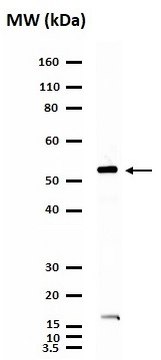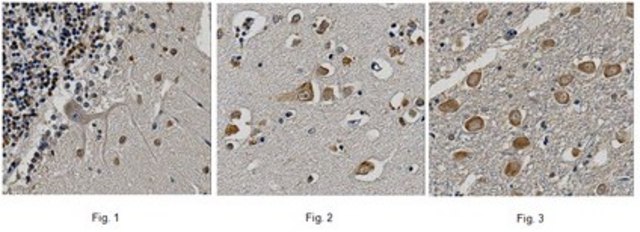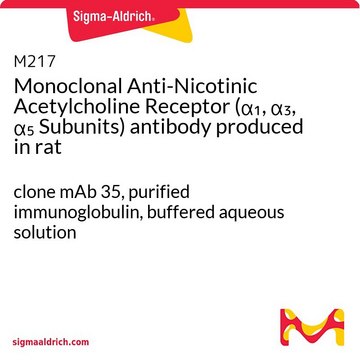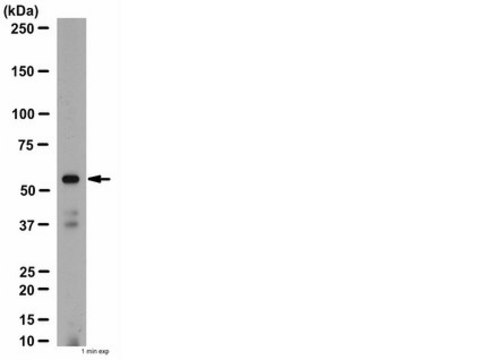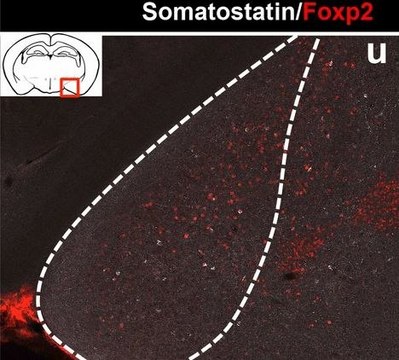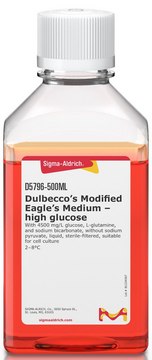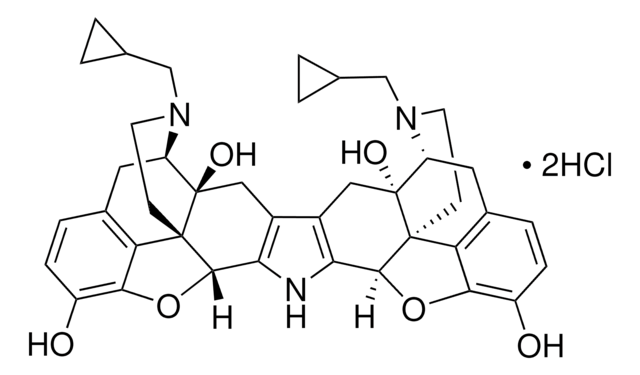M220
Monoclonal Anti-Nicotinic Acetylcholine Receptor (α7 Subunit) antibody produced in mouse
~5 mg/mL, clone mAb 306, purified immunoglobulin, buffered aqueous solution
Synonym(s):
Anti-CHRNA7-2, Anti-NACHRA7
About This Item
Recommended Products
biological source
mouse
conjugate
unconjugated
antibody form
purified immunoglobulin
antibody product type
primary antibodies
clone
mAb 306, monoclonal
form
buffered aqueous solution
species reactivity
rat (denatured), human (denatured), chicken
concentration
~5 mg/mL
technique(s)
immunohistochemistry (frozen sections): 1:3,000
isotype
IgG1
UniProt accession no.
shipped in
dry ice
storage temp.
−20°C
target post-translational modification
unmodified
Gene Information
human ... CHRNA7(1139)
rat ... Chrna7(25302)
General description
Monoclonal anti-nicotinic acetylcholine receptor ((α7) subunit) antibody is specific for native and denatured α7 subunits in chick, as well as for the denatured α7 subunits in rats and humans. The antibody does not bind well to the native form of the mammalian α7 subunit. The product can be used in chick, rat and human tissues.
Immunogen
Application
Western Blotting (1 paper)
Physical form
Legal Information
Disclaimer
Not finding the right product?
Try our Product Selector Tool.
Storage Class Code
10 - Combustible liquids
WGK
WGK 2
Flash Point(F)
Not applicable
Flash Point(C)
Not applicable
Personal Protective Equipment
Regulatory Information
Choose from one of the most recent versions:
Certificates of Analysis (COA)
Don't see the Right Version?
If you require a particular version, you can look up a specific certificate by the Lot or Batch number.
Already Own This Product?
Find documentation for the products that you have recently purchased in the Document Library.
Our team of scientists has experience in all areas of research including Life Science, Material Science, Chemical Synthesis, Chromatography, Analytical and many others.
Contact Technical Service